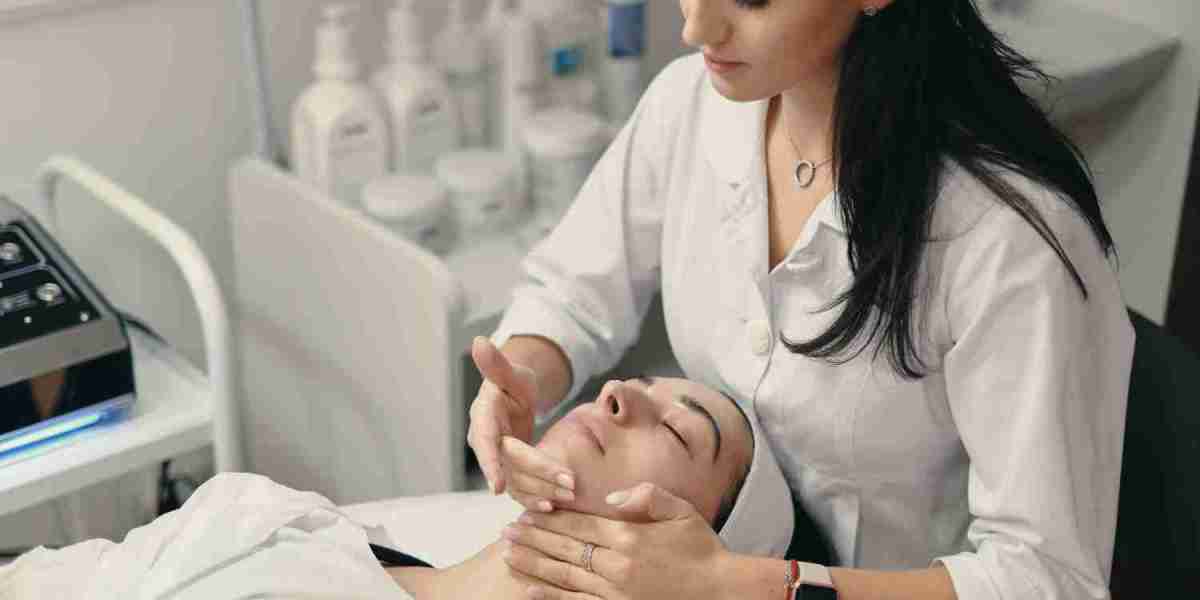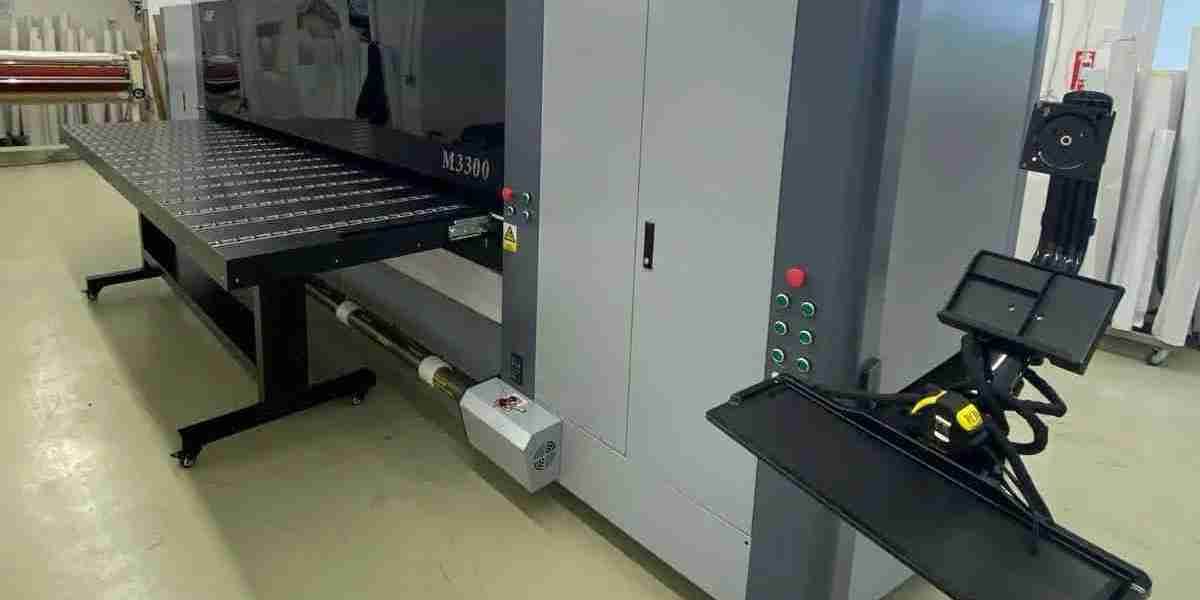Looking for ways to keep your skin firm and youthful? Skin tightening treatments have gained popularity for their ability to counter the effects of aging and restore skin elasticity. But how do they work, and what’s the science behind them? This article breaks down the essentials of skin tightening treatments in simple terms, making it easy for anyone to understand how these procedures can help you look and feel younger.
Introduction: Why Skin Tightening Matters
As we age, our skin inevitably starts to lose elasticity, leading to sagging and wrinkles. This is a natural process, but for many, it can impact confidence and self-image. Skin tightening treatments offer a way to combat these signs of aging, helping to restore firmness and elasticity to the skin. But what makes these treatments effective? Let’s dive into the science behind them.
Understanding Skin Aging
Why Does Skin Sag?
Skin is a complex structure, with collagen and elastin as the primary proteins that give it structure and elasticity. Over time, factors like sun exposure, lifestyle, and natural aging reduce these proteins, causing skin to sag.
The Role of Collagen and Elastin
Collagen provides structure, while elastin allows skin to snap back into place. As production of these proteins decreases, skin starts to lose its firmness, leading to wrinkles and a loss of youthful appearance.
How Skin Tightening Treatments Work
Skin tightening treatments generally work by stimulating collagen production or by causing the skin’s layers to contract. When collagen is heated or stimulated, it reshapes and tightens, giving the skin a firmer appearance. Many treatments use heat, needles, or lasers to achieve these effects.
Types of Skin Tightening Treatments
Let’s look at some of the most popular and scientifically backed skin tightening treatments available today.
Radiofrequency (RF) Therapy
RF therapy uses energy waves to heat the deeper layers of the skin, stimulating collagen production. This heat causes collagen to contract and tighten, while also encouraging the growth of new collagen.
How it Works: By delivering controlled heat, RF therapy tricks the skin into thinking it’s been damaged, which kicks the body’s healing processes into gear. This is a non-invasive method, often requiring several sessions for best results.
Ultrasound Therapy
Ultrasound therapy uses sound waves to stimulate collagen production in the skin’s deeper layers. It’s often used on areas like the neck and face.
How it Works: Ultrasound waves penetrate the skin at different depths, causing the skin to tighten and lift. The most common ultrasound-based treatment is Ultherapy, which is FDA-approved for its effectiveness.
Laser Skin Tightening
Laser treatments use light energy to target and heat the skin’s lower layers, boosting collagen production. It’s a safe method for various skin types and works particularly well for tightening skin on the face, neck, and stomach.
How it Works: Lasers cause controlled damage to the skin’s collagen layer, which then heals over time, becoming tighter and more resilient. Fractional lasers are especially effective for this purpose.
Microneedling
Microneedling involves tiny needles that puncture the skin to stimulate collagen production. Often combined with radiofrequency, this treatment can target deeper layers and encourage healing and tightening.
How it Works: The tiny injuries created by microneedling encourage collagen and elastin to rush to the site, creating a firming effect over time. It’s often used for facial skin but can also work on other areas.
How to Choose the Right Treatment
Choosing the best Skin tightening treatment depends on factors such as age, skin type, budget, and the specific area you’d like to target. Consulting with a skin care professional is always recommended to get a tailored plan based on your needs.
Safety and Side Effects
While most treatments are safe, some can have side effects like redness, swelling, or temporary discomfort. It’s essential to choose a licensed and experienced professional to reduce risks.
How Long Do Results Last?
The duration of results can vary based on the type of treatment. Non-invasive treatments like RF and ultrasound may last for 1-2 years, while more intensive treatments could last even longer.
Natural Alternatives for Skin Tightening
For those who prefer natural methods, lifestyle changes like a balanced diet, regular hydration, and facial exercises can promote skin health and slow aging. These methods won’t deliver immediate tightening but can support skin longevity over time.
FAQs
1. What is the best skin tightening treatment?
The “best” treatment varies by individual. For non-invasive options, RF therapy and ultrasound are popular choices. For more intensive results, laser and microneedling treatments can be highly effective.
2. How often should I get skin tightening treatments?
Frequency depends on the type of treatment. For example, RF treatments may be needed every few months, while laser treatments might only require yearly sessions.
3. Are skin tightening treatments painful?
Most non-invasive treatments cause minimal discomfort, although individual pain tolerance varies. Some treatments might require numbing creams to ensure comfort.
4. Can I combine different skin tightening treatments?
Yes, combining treatments like RF and microneedling is common and can enhance results. However, it’s essential to consult with a professional to avoid over-treatment.
5. Do skin tightening treatments work for all skin types?
Most treatments are effective for various skin types, but some treatments like lasers may require adjustments to suit darker skin tones.
Conclusion: The Future of Youthful Skin
Skin tightening treatments have evolved remarkably, offering safe, effective, and minimally invasive options to restore youthful firmness. Whether you choose RF, ultrasound, or laser treatments, understanding how these procedures work can empower you to make informed choices for healthier, younger-looking skin. The journey to better skin health is now easier and more accessible than ever.














